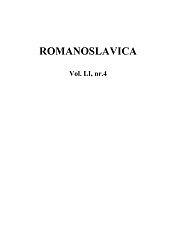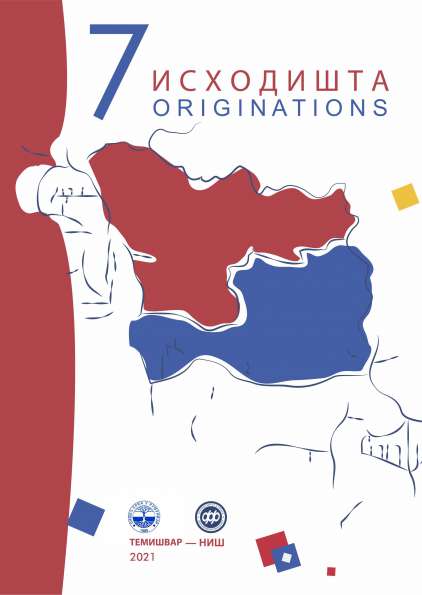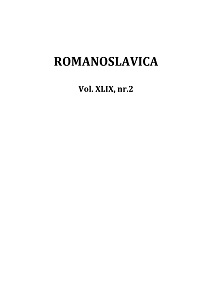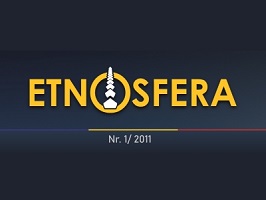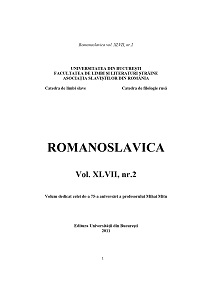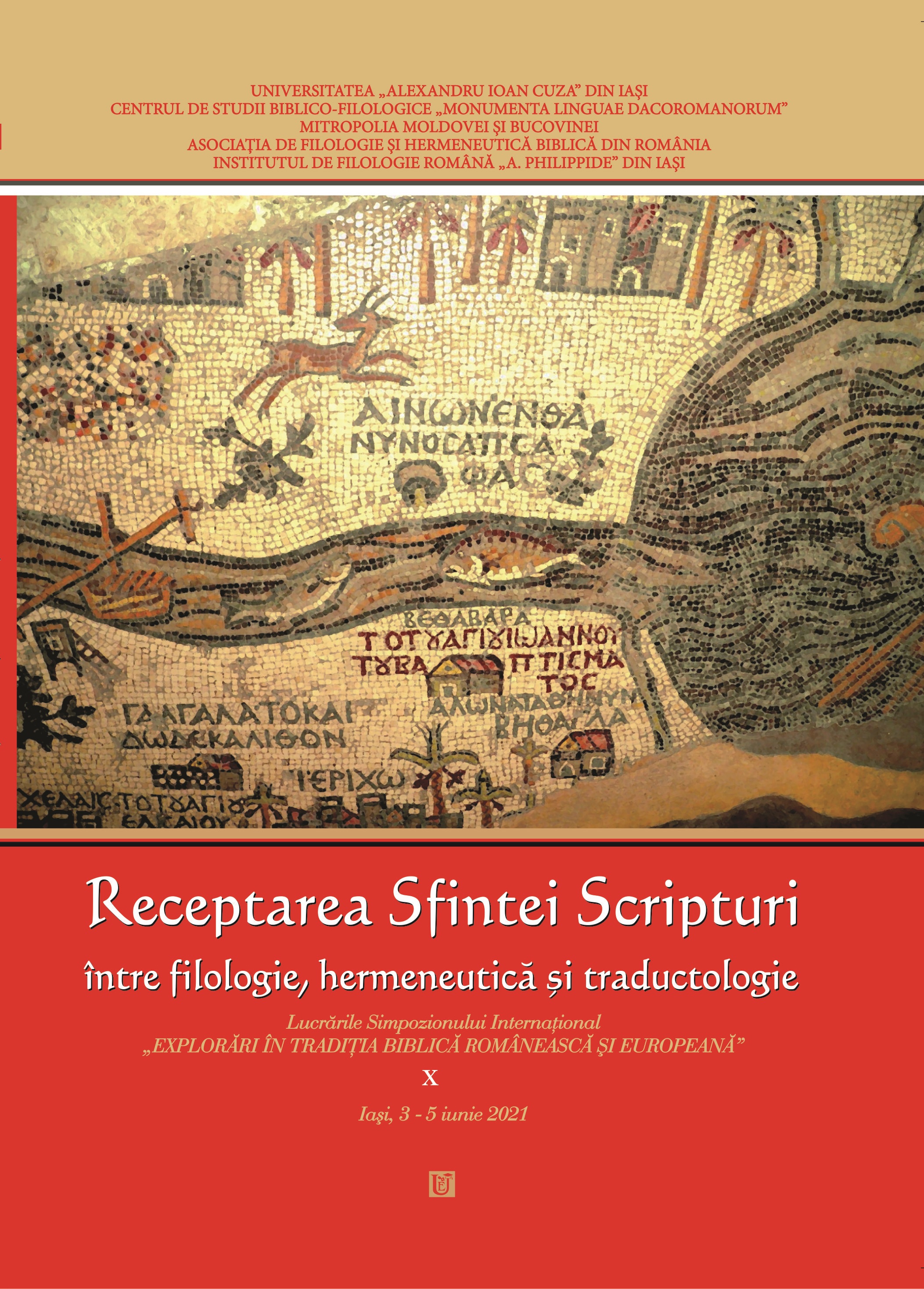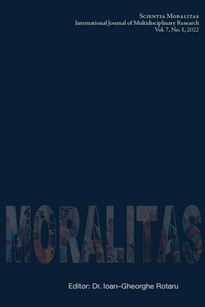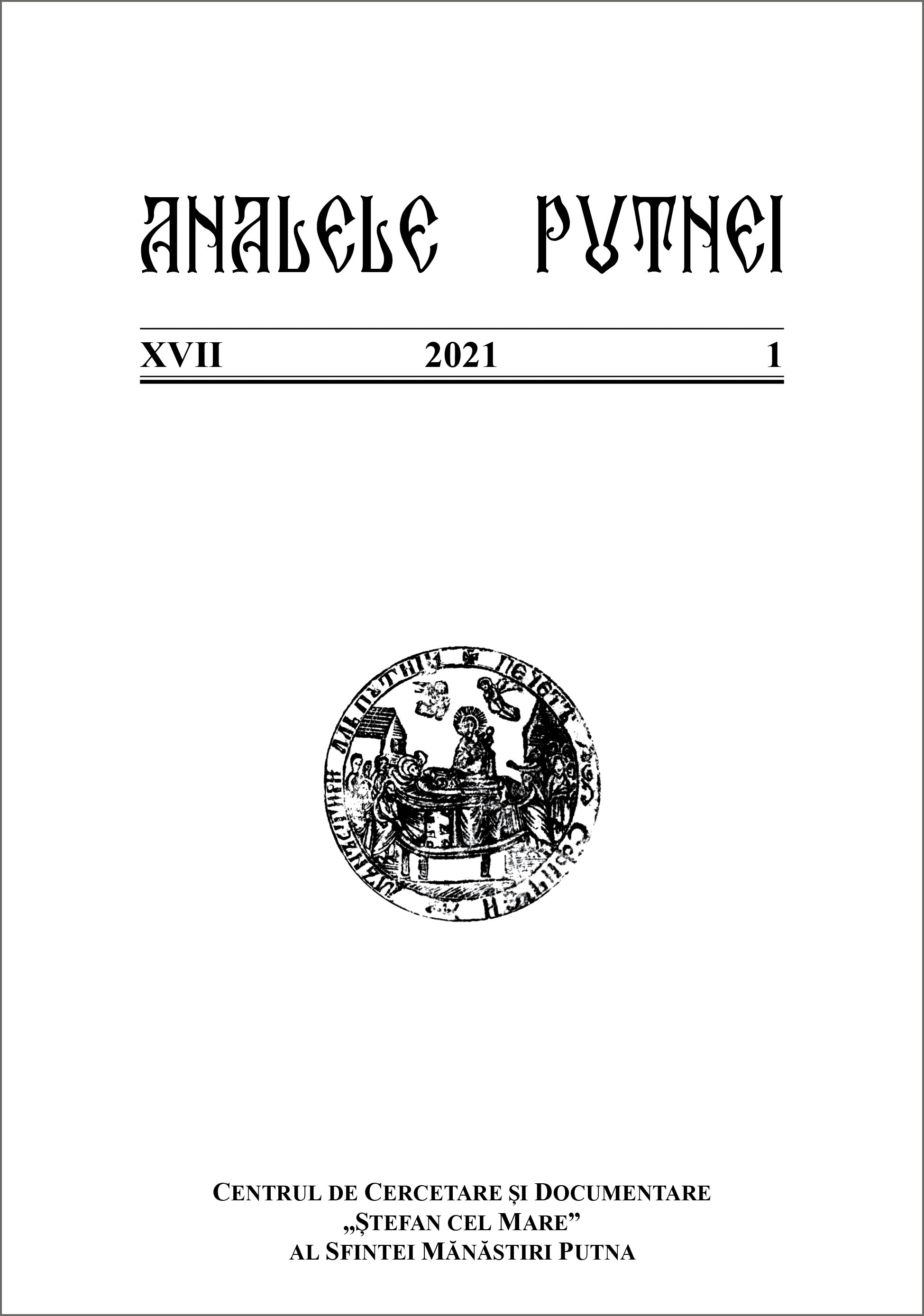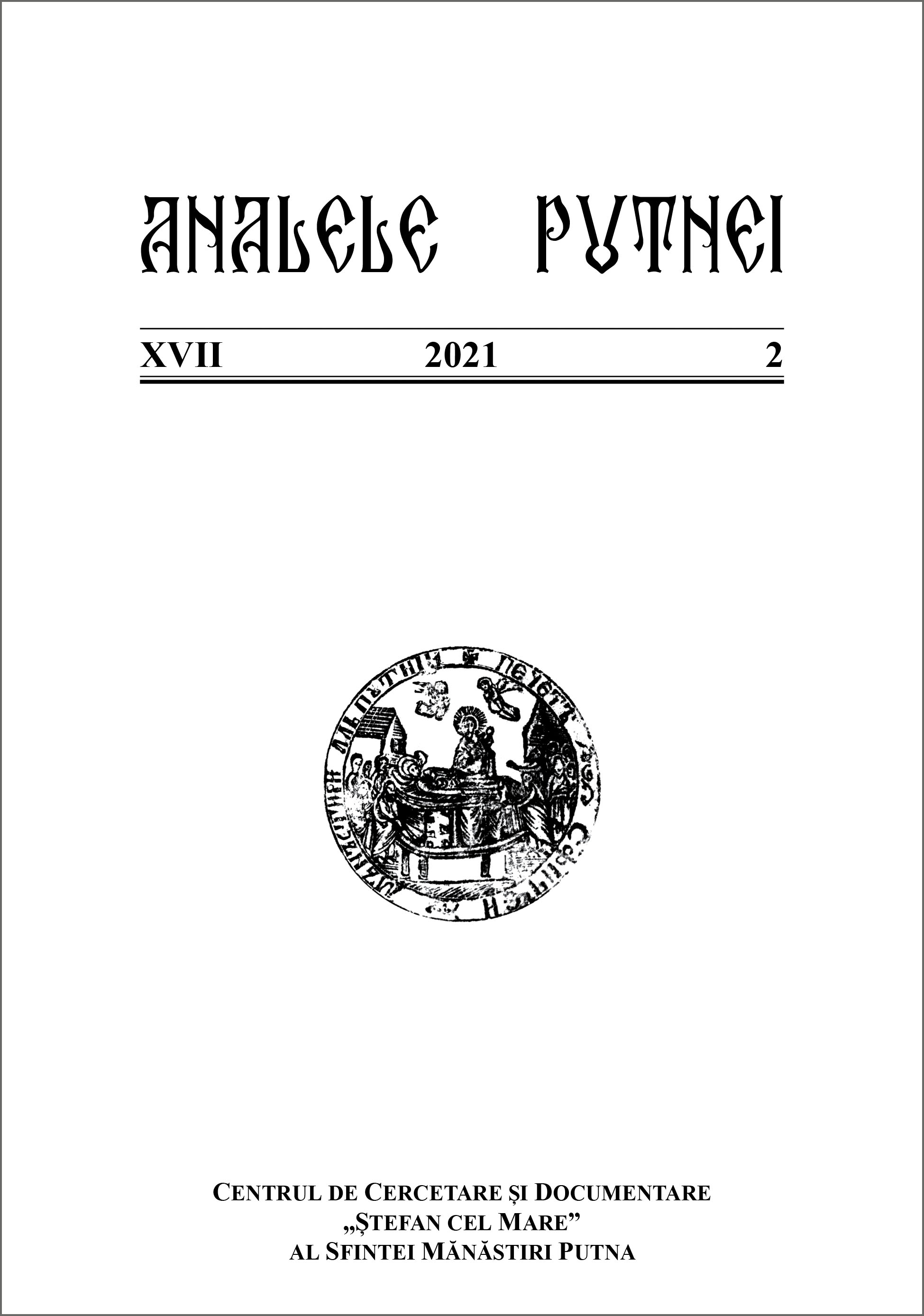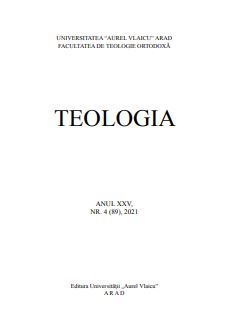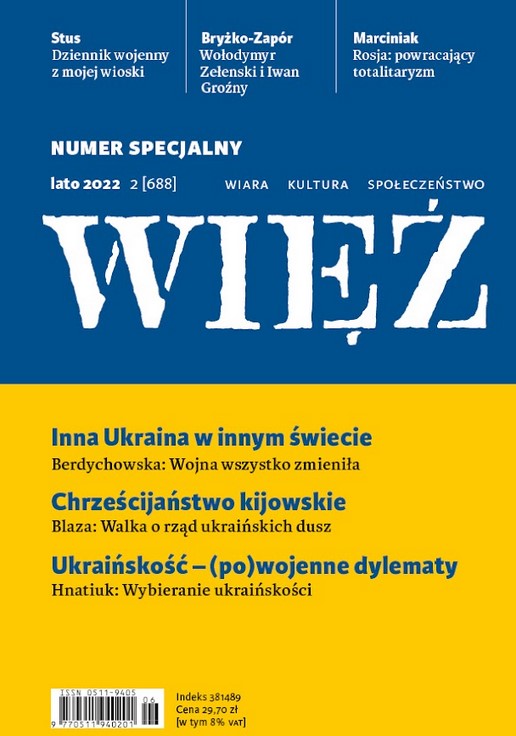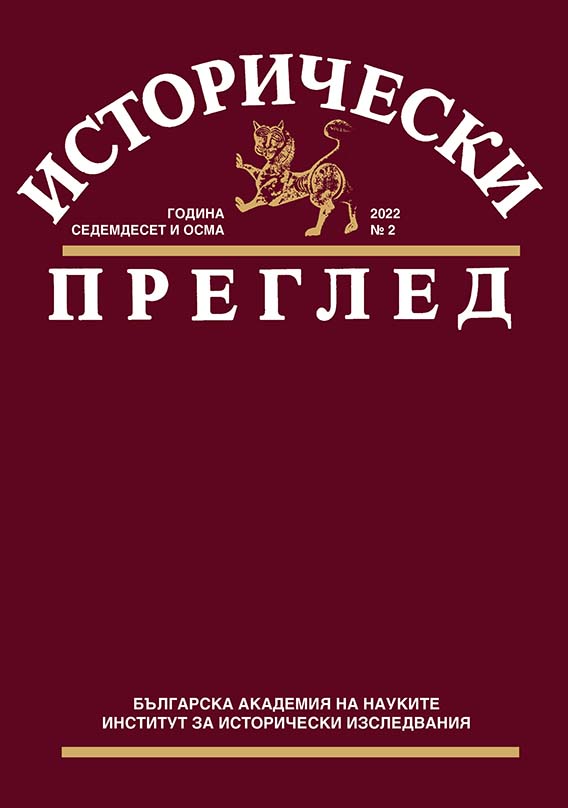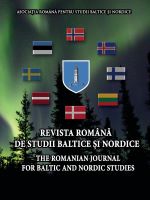Jumala jälgedel. Peko lahkumine
The cult of the Seto pre-Christian fertility God Peko has attracted research attention both from descriptive (Eisen 1909; 1936) and analytical aspects (Ränk 1933; Hagu 1975, 1997; Västrik 2017), the latter concentrating upon its geographical distributon and context among Finno-Ugric and Finnic deities. This article, based mainly on information collected in Setomaa since the 1990s, sheds light upon its latest phase of retreat and disappearance. The cult of Peko survived the longest in the small district of Mokornulk west of Obinitsa church village, historically extreme periphery of the Orthodox Pskov Government against the border of the Lutheran Government of Livonia. Last communal sermons of Peko were held in the hamlet of Ignasõ, 3 km southwest of Obinitsa, for the last time in the midle of 1930s when then the circle of participants was limited to ca. 6 old people from the same village. A living witness of the event remembers how women brought food to the idol covered by white cloth. Although the wooden image of the god disappeared from the public in the late 1930s already, it was kept and secretly worshipped by Peeter Ots (Otsa Petra) (1900–1980) (Fig. 1) in the neighbouring Navigõ hamlet until the end of his lifetime. The fact that the man was simultaneously a true and deeply religious Orthodox Christian, for years also the assistant of the priest of Obinitsa Church, gives evidence of the broad spectrum of vernacular religion. Another image of Peko which was widely used to get help in case of misfortune, trouble or poverty as late as in the late 1930s was secretly kept in Küllatüvä village until the late 1990s. In Ermakova village Akulina Mägi, a local healer (Fig. 3) used a wooden idol and a man-shaped image of rye straw (Figs. 4, 5) in rites related to first-time taking the cow out to the pasture in spring. Data of wooden idols, similar to Peko are also known from Setomaa from Saabolda hamlet, as well as from Lüütsepä (Fig. 6) and Palli hamlets near Ruusmäe/Rogosi manor in the southern part of Rõuge parish (Võrumaa) – also in remote periphery, near the Latvian border. The new data give evidence of broader distribution of the cult of Peko when compared to what was known before (Map 1), as well as about its longer duration. Although in Palli the image was called Peka, it must be noted that the variations Pek(k)o/Pek(k)a occur also in the tradition of eastern Finland and Karelia where the name also designates some supernatural being(s). Presumably, the cult of Peko relates to a broader ancient eastern Finnic tradition which once stretched from eastern Finland and Karelia over Ingermanland and lands east of Lake Peipsi to south-eastern Estonia. Although during the last decades Peko has obtained a new meaning among the Seto community – that of the sleeping god-king of whole Setomaa, waiting for its resurrection and new coming in the caves of Pskovo-Petchersky monastery – the topic of Peko as a god of the past is sometimes still not open for aliens.
More...
